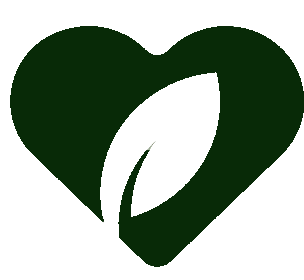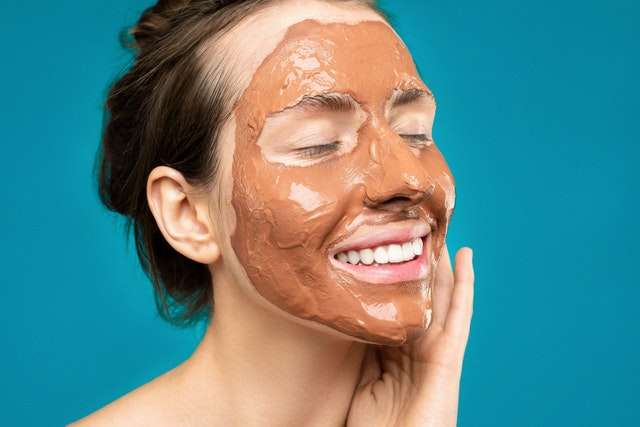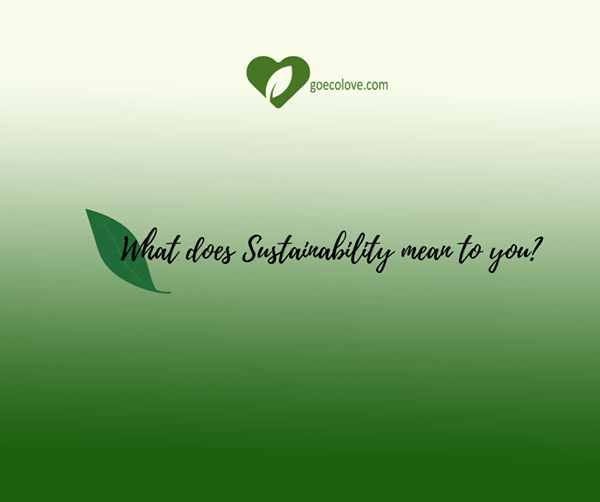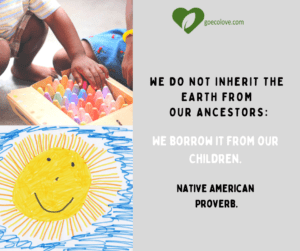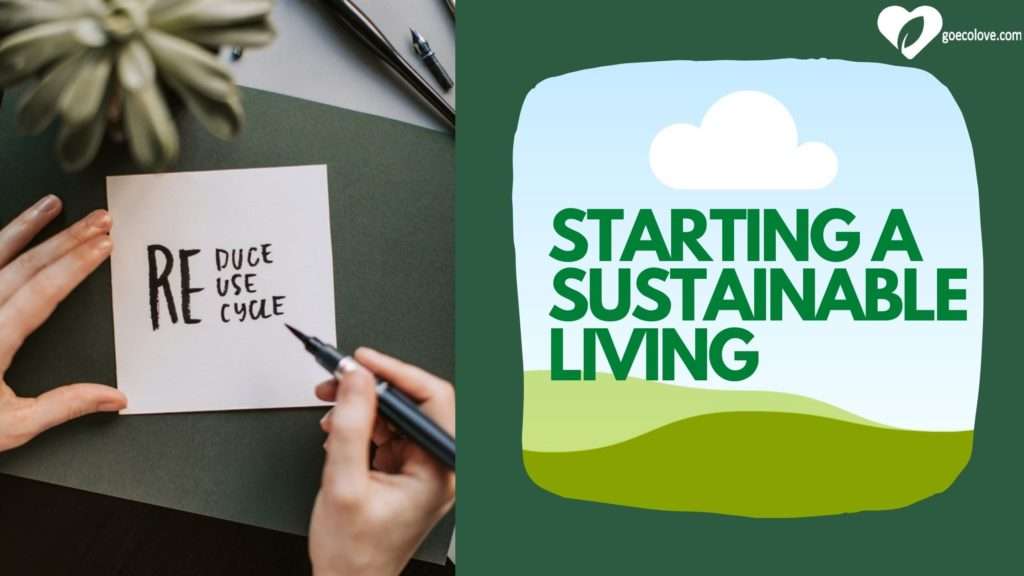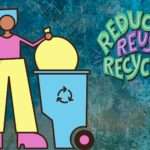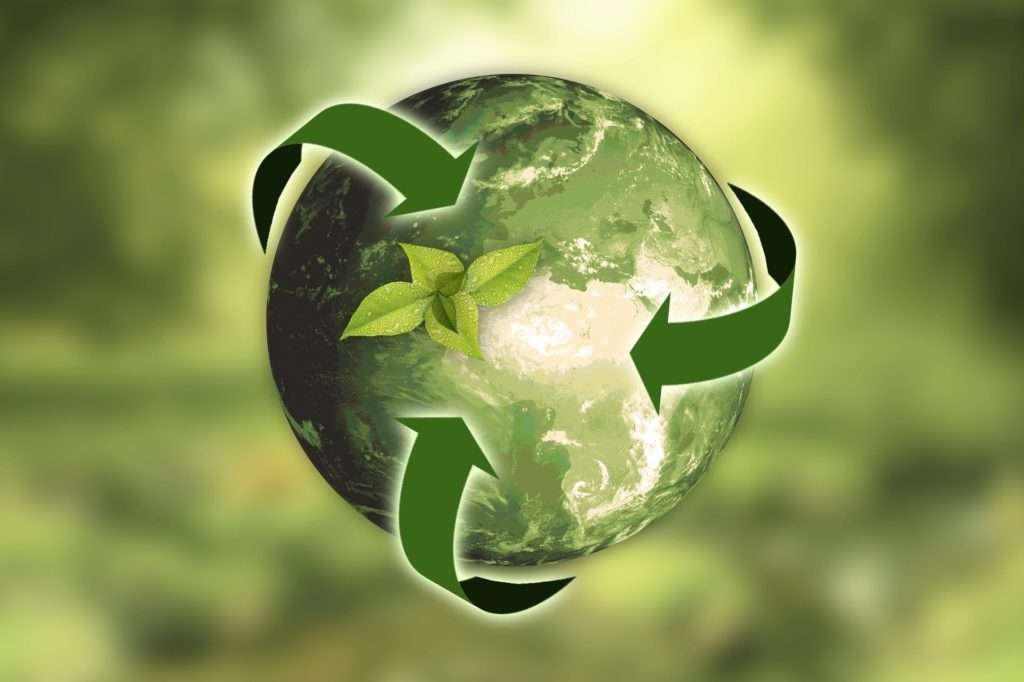Multipart Educational Series (don’t worry, it’s not going to be a lecture; we have worked hard to keep it simple and easy to follow) on how to take care of your skincare routine!
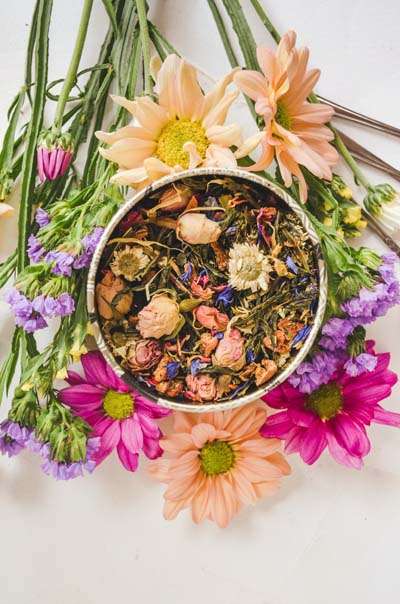
Lesson 1: Introduction and Definitions
At Go Eco Love, we are passionate about Natural (Herbal) Skin Care Routine and do extensive due diligence and research to make sure that we have excellent quality herbal skincare options for you. The Go Eco Love team comes from Medical, Chemistry and Engineering backgrounds, everything you need to be able to make your own cosmetics (but no we are not making these 🙂 We have a manufacturer with more than 25 years of experience in natural (Herbalicious) skin care with all the necessary certifications and we have co-product developed our skincare with this manufacturer. So this experienced manufacturer makes these products for us. We are certainly not mixing anything in our kitchens! Although this is said in a light tone, we must emphasize it is a very serious topic. Whatever you put on your skin, you must be careful about).
Through our multi part educational series, we want to make sure:
- You understand and are aware about Natural Skincare
- That principles of Natural Skincare are applied correctly in your daily lives
- You learn the best way to care for your skin
- You are making educated decisions instead of being swayed by media and marketing
One of the most frequent questions we get asked is what is the best skin care routine? A lot of people seem to be confused and unsure about what to do and how to do it. The commercial world we live in really doesn’t help. There are ads after ads and television and social media marketing seem to pull us into all sorts of directions. Makes your head spin!
So you have to be careful, you have to think, you have to self-analyse what is being ‘sold’ to you. By sold, we do not mean only the products. We mean products as well as the information. Basically you have to be able apply critical thinking before you go off and buy that expensive 60 face mask!
So we have put together this multi-part educational series with the aim of achieving the above four objectives. If you want to know about Natural Skin Care Routine, and you want a moisturized, healthy and glowing skin, then keep reading. If you really care about what you use on your skin and how you should use these, then keep reading and see what we have got in store for you.
Lets start it off easy. Let’s start off with definitions.
First of all, what does natural skin care mean?
The word natural, per Oxford dictionary, means existing in nature. In the context of skin care, it means that the skincare is made of ingredients available in nature. So a perfect example would be our Go Eco Love Rose Scrub which is made out of organic rose (yes the flower rose) and organic coconut sugar.

At Go Eco Love we prefer to use the word Herbal over natural. It’s because we like the romanticized word: herbal. However, herbal and natural are pretty well the same thing and the terms used interchangeably. Natural skincare means non toxic, healthy, no chemical used, natural or herbal skin care. Since you are using natural ingredients, by virtue of it being natural, it’s is a great way to keep your skin, moisturized, healthy and glowing.
While purchasing any skincare product, the label is important. The label would illustrate the ingredients used. The label will tell you what products are used and this will help you to evaluate the ‘naturalness’. So by reading the label and understanding the ingredients, you become aware of what you are purchasing and putting on your skin.
Tied into this is a bit of chemistry lesson. Don’t worry, let’s keep it light and easy.
Let’s start with the term formulation.

A formulation is composition or make up of a product; a material or mixture prepared according to a formula. Especially in skincare whether it’s natural or not, without a formula you cannot make a product. For example, usually the formula for a hand made soap will be lye, solid oils (like shea butter, coconut oils) and liquid oils (like olive oil, sunflower oil). The formulation will tell you how much % of each of these components is there in the product. So if you take the product to a chemistry lab for analysis, the lab will be able to test how much of each component there is and will be able to determine the formulation. All this is a bit mind boggling. You don’t need to know all the % but you do need to know what products are there in the formulation and how to read and assess the label.
Herbal or natural skin care formulations utilize raw materials like flowers, herbs, berries, and other botanical sources. They don’t always have to use organic raw materials. If they do, it’s brilliant. At Go Eco Love, we only source from manufacturers that use organic products however from a product formulation perspective you don’t have to use organic products. From a quality and ethical perspective, the organic materials are of course far superior.
Let’s stop here and wait for Lesson 2, in which, we will discuss Natural Skincare and Lifestyle Habits.
Go Eco Love is also putting together a magazine to be released in February 2021. It will analyse Natural Skincare from a Scientific perspective. So certainly keep watching out for the release…..
Do Visit us at: Go Eco Love Shop
